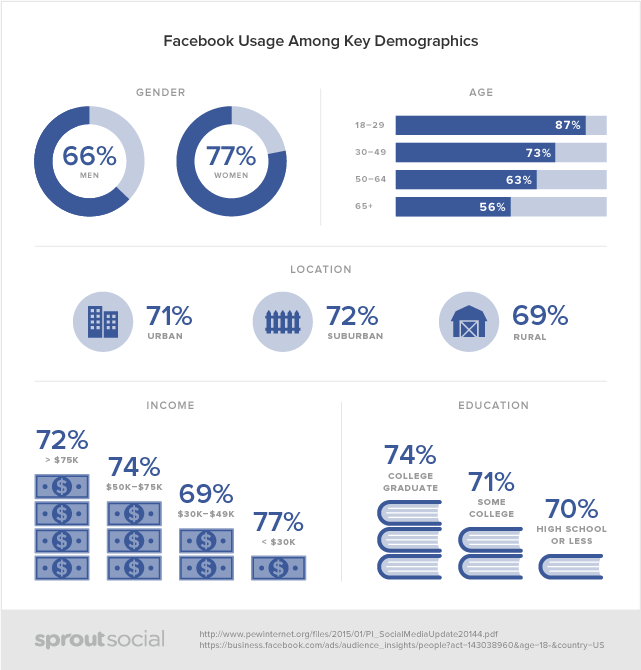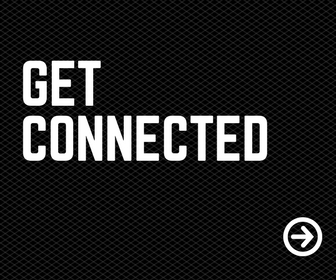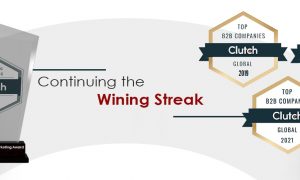Nowadays Facebook is moving out of the confines of a typical social network and becoming much more integrated with other parts of our lives. Social media for business is evident as it is the widest and easiest platform to reach, engage with your customers & make more sales. From the past ten years, marketers are still trying to figure out if it makes sense to engage on social. Truth to be told the marketing landscape is very complex, and the Marketing department should focus on what works and eliminate anything which doesn’t add value to the business. Targeting optimization of Facebook can become more sophisticated and capable of automation. While this is good news for making your Facebook campaigns more streamlined and efficient with minimum effort on your part. The question is with the Facebook’s constantly evolving algorithm how to make sure they are structured in a way that works. Getting traffic is very easy with ad copy but improving your conversion rates, however – not so easy!
The active Facebook users per month are 1.39 Billion.
Improving your CTR (click-through rate) requires improving ad copy that lasers in on your target audience. The goal here is to create an ad sets with targeting that is high quality without restricting Facebook’s optimization. Ad sets with longer life will have high-value users and help you to scale budgets without significantly increasing costs, as Facebook will be able to target a larger number of users likely to convert and for longer. The following five steps to ensure that your targeting decisions work with the Facebook evolving algorithm and will achieve the Good ROI.
#1 Choose your testing wisely
Before starting the campaign you have an idea about your target audience is – their age, gender, location, what device they’re likely to use most, etc.
Some of these will be set in stone. You should layer them overall another targeting to ensure that you are only reaching the relevant demographics. Gender which has high value to target can be tested.
The key point is to focus on only being granular enough to test what you need to, and no more.
Example: When you want to test mobile vs desktop, create the ad sets by the two but keep all other demographics the same. Splitting the device while targeting will allow you to apply specific budgets based on their relative performance and adjust as needed, then another demographic targeting for you will be refined by Facebook’s targeting algorithm. You always keep this point in mind that you can still split your reporting by whatever parameters you like.
The active Facebook mobile users per month is 1.19 Billion.
#2 Identify your most valuable audience
For good reach and delivery, the audience should be broad but high enough quality audience will get you a strong and consistent conversion rate and ROI. We always try to reach the highest value customers or users within our target demographic – the people who are most likely to convert – without restricting delivery by going too niche. Think about what type of users have taken the most valuable actions before starting the campaign and how you can utilize your CRM data, interests and the Facebook’s pixel to reach them. Another key point here, you should remember that don’t need to use every single bit of data available to you, because it won’t be useful!
Example: You can target a lookalike of everyone who has visited your site in the last year, but this is vague and unlikely to perform for a long time. Instead, try a lookalike of users who have spent the top 25% of the time on site, or who have visited your thank you page after converting. The custom audiences for these will be smaller, but the lookalikes will be higher value!
More than 30 million business now have a Facebook fan page.
#3 Don’t get too granular!
This probably goes against everything you’ve been told, but bear with me on this! You should always remember this point that Facebook wants to get you the highest-value conversions at the best price, but it does this by using the conversions you’ve already had as a template. FB needs approximately Fifty engagements in a week driven by your ads in order to optimize towards that action. If the audience you target is very small, the initial conversion volume will be low and it will struggle to know who to target in order to meet your aims and you’ll see reduced delivery and high costs.
Comparatively using precise audiences with separate budgets, it is now more efficient to allow Facebook a certain degree of freedom. Rather than giving them individual adsets, group your audiences together and let Facebook make the more granular spend adjustments automatically. You shouldn’t never scary to work with a broader audience; its advanced machine learning means it is getting better at identifying who should see your brand’s ads and who will take the desired actions.
A perk of doing this is that you avoid audience overlap; the audiences work together rather than against each other, helping you to spend and reach people efficiently without wasting budget.
19 million businesses have optimized their page for mobile devices.
#4 Keep an eye on audience size
Layering different audience types, that is lookalikes with same interests, will make your audience groups more relevant but more niche, as people need to be within both to be included. I would say this is only good to some extent – make your targeting too narrow and you’ll encounter those spend and delivery issues mentioned earlier. By grouping the same audience types – this will increase audience size rather than decrease it.
If the audiences are relevant and high-quality, you won’t need to worry about value becoming too watered down. Facebook’s algorithm will intelligently to target the users who are most likely to take the action you want, defined by your campaign objective – by making the audience larger, you ensure that this process is not restricted.
1.5 million businesses spend time on mobile advertising.
#5 Find the balance that works for you!
Generally, broad audience groups will perform best, there will always be a certain audience who are less valuable to you. Try the different combinations to know the balance of delivery and value, you need to drive great performance.
Conclusion:
It’s easy to be overwhelmed by the targeting possibilities available on Facebook. Get to know of each type and discovering which is most valuable for your business, and following the tips above to use them effectively, will enable you to build adsets with long life which will deliver cheap but valuable conversions. When you get the ideal point, don’t be afraid to take a step back and let Facebook’s targeting algorithm do its job! To understand more about it, refer complete guide to Facebook ad Targeting.








